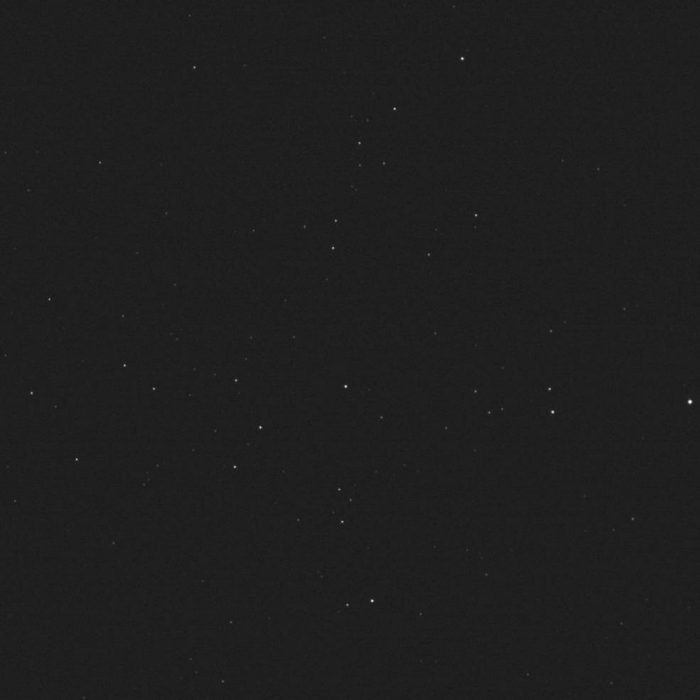If you’ve seen “Don’t Look Up”, the new sci-fi disaster film that is also a clever commentary on the climate crisis, you may be left wondering if the “comet deflection” technology used in the film is indeed plausible in the real world.
Adam McKay, the director of the film, wanted to portray the science – and challenges faced by scientists – as realistically as possible. He, therefore, sought expertise from Amy Mainzer, an astronomer at the University of Arizona’s Lunar and Planetary Laboratory, to serve as the film’s science consultant.
Professor Mainzer studies asteroids and comets for a living, particularly those whose orbits might pass close to Earth – Near-Earth Objects (NEO). She’s also leading the NEO Surveyor mission, designed to hunt for NEOs that are potentially devastating to Earth but are still too far away to cause any imminent harm.
But if one does get discovered and comes hurtling towards Earth, scientists say it can simply be bumped out of its course and be deflected.
And that’s why NASA launched the Double Asteroid Redirection Test (DART) late last year – a proof-of-concept for the kinetic impact strategy to avert armageddon.
Now, in a major operational milestone for the mission, the first images from space have been returned.
DART opens its eye.

On December 7, after opening the circular door to its telescoping imager, NASA’s DART captured this imaged of about a dozen stars near where the constellations Perseus, Aries and Taurus intersect. Photo credits: NASA/John Hopkins APL

On December 10, DART’s DRACO camera captured and returned this image of the stars in Messier 38, or the Starfish Cluster, which lies some 4,200 light-years away. Photo credits: NASA/John Hopkins APL
They might not look very spectacular, but these photos still represent a monumental milestone since the DART spacecraft opened its “eye” – the Didymos Reconnaissance and Asteroid Camera for Optical navigation, or DRACO for short.
But imagine this: a close-up view of DART’s target asteroid right before it smashes into the rocky lump of mass. That’s ought to be epic!
Sci-fi-like defence strategy.
DART is expected to zoom into close quarters with its target on Sept 26 later this year. The goal of the mission is to intentionally collide with the smaller moonlet Dimorphos, which makes up a binary asteroid system along with the larger Didymos.
If all goes to plan, the crash will alter the asteroid’s motion in space, where ground-based telescopes can accurately measure any changes and therefore determine the initial feasibility of such a planetary defence strategy.
This mission that sounds straight out of a sci-fi film is the world’s first planetary defence test mission. It will let scientists figure out if using a relatively small spacecraft to perform a kinetic impact on a dangerous asteroid could effectively deflect it and send it out of Earth’s way.
But fret not – the Dydymos binary asteroid system does not pose a threat to Earth. So there’s no need to get an asteroid insurance. Asteroid or comet impacts are very unlikely natural disasters, but with more advanced technologies and surveys, they may one day be crossed off our list of worries.






























